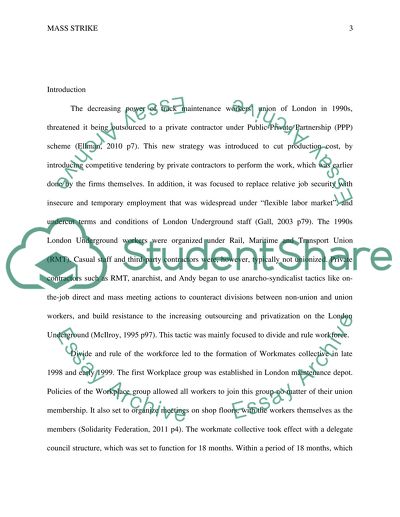Cite this document
(Trade Unions in Britain Today Case Study Example | Topics and Well Written Essays - 2250 words, n.d.)
Trade Unions in Britain Today Case Study Example | Topics and Well Written Essays - 2250 words. Retrieved from https://studentshare.org/sociology/1440851-mass-strikes
Trade Unions in Britain Today Case Study Example | Topics and Well Written Essays - 2250 words. Retrieved from https://studentshare.org/sociology/1440851-mass-strikes
(Trade Unions in Britain Today Case Study Example | Topics and Well Written Essays - 2250 Words)
Trade Unions in Britain Today Case Study Example | Topics and Well Written Essays - 2250 Words. https://studentshare.org/sociology/1440851-mass-strikes.
Trade Unions in Britain Today Case Study Example | Topics and Well Written Essays - 2250 Words. https://studentshare.org/sociology/1440851-mass-strikes.
“Trade Unions in Britain Today Case Study Example | Topics and Well Written Essays - 2250 Words”, n.d. https://studentshare.org/sociology/1440851-mass-strikes.


